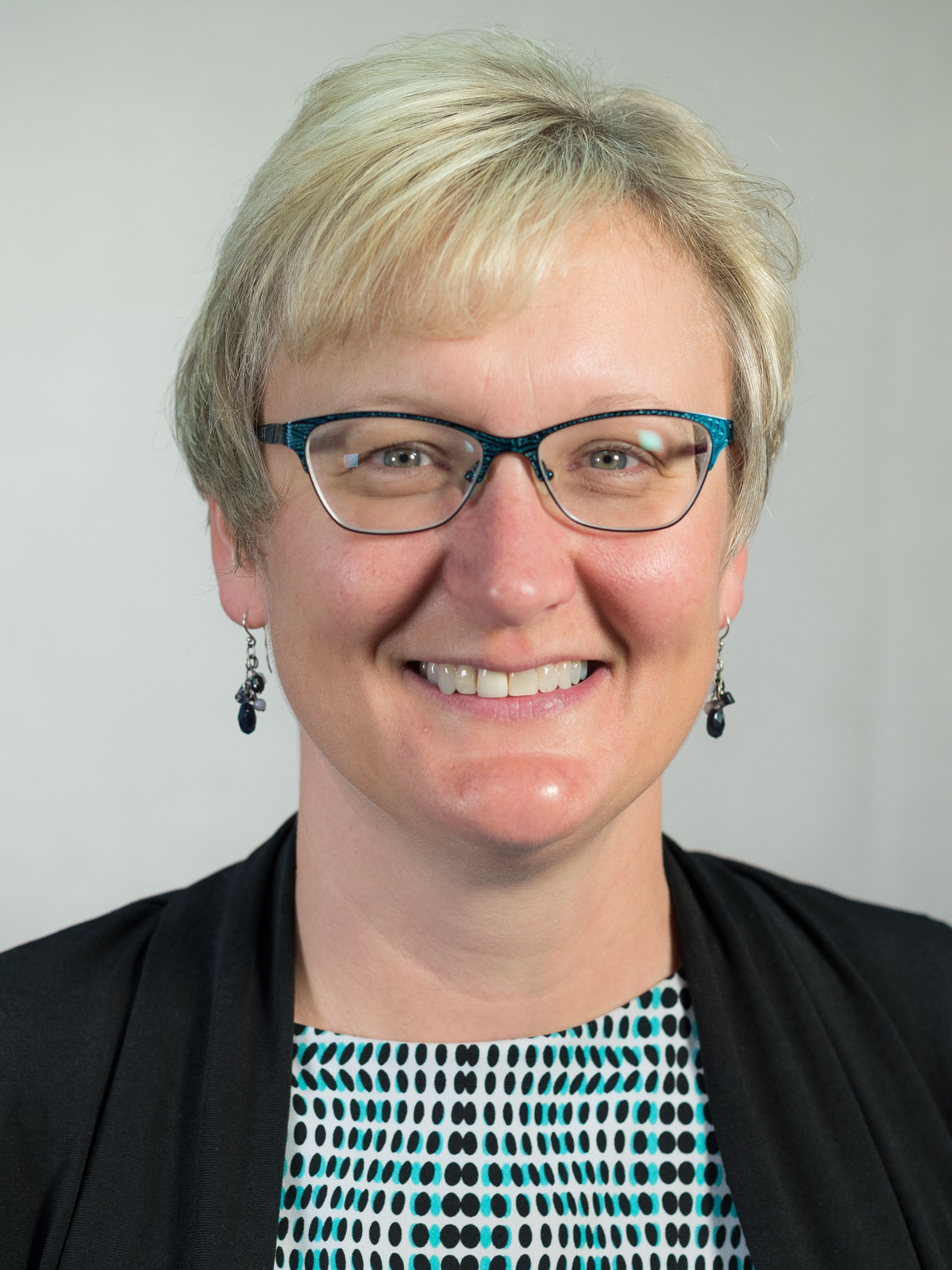Personalizing Learning with Music and Art at Mountain View High School
Topics

We’ve all had the experience of truly purposeful, authentic learning and know how valuable it is. Educators are taking the best of what we know about learning, student support, effective instruction, and interpersonal skill-building to completely reimagine schools so that students experience that kind of purposeful learning all day, every day.
In its journey to personalize learning, this Colorado high school is asking teachers to become learners and take risks. The goal: learning environments that give students more voice, choice, and ownership
Teaching and learning don’t get more personalized than in Peter Toew’s music room at Mountain View High School (MVHS), part of Thompson School District in Loveland, Colorado.
Conducting a band or orchestra requires “100 percent personalized learning,” says Toews. For the whole group to function, the individual performers must rise to the same level. Playing in a band or an orchestra requires collective performance. And each’s contribution counts.
The evidence of mastery—or evidence of where the individual student currently stands on that road to mastery—is immediate.
“The key to personalized learning is to learn to be okay with the chaos,” says art teacher Anne McManus. “It’s just the way it is.”
Toews, who has been teaching at MVHS since the school opened in 2000, collects eight pieces of data in each student’s performance including tone, rhythm, notes, and intonation. When giving a test, Toews opens an iPad and checks off his rubric. All of our students at MVHS are given an iPad and login to see their scores. There is no need to wait or wonder.
“In a minute, kids can go in and look and they go, ‘man, I got a four on notes, but I got two on rhythm, so I really need to this time focus on rhythm to get better,’” says Toews. The specific feedback helps our students target areas for improvement before retaking the test.
Toews’ spacious music classroom and the entire MVHS were on display when Thompson School District’s ‘Seeing is Believing’ tour stopped for a visit on Wednesday, Feb. 21. The tour is giving district staff and district partners an opportunity to see how schools are making progress under Thompson School District’s ongoing journey to bring personalized learning to every classroom setting. MVHS was the eighth such visit.
Like Toews, some of our teachers are implementing personalized learning in a ‘very comprehensive way.’ Others remain skeptical. But most are implementing some elements of personalization.
Our teachers are being asked to become learners in this journey. And they are being asked to take risks, all with the goal of creating learning environments that give our students more of a voice and choice in their education and to encourage them to take ownership of their learning.
For instance, math teachers Em Ayyildiz and Heather Anderton each designed a flipped classroom unit for their shared Algebra I class. In flipped classrooms, the instruction shifts to a learner-centered model in which students use class time to explore topics in greater depth while content is left to online resources.
It was uncomfortable for those teachers. But the flipped classroom approach changed their interactions with students, she adds, “because they became a one-on-one tutor for some students, and a small-group tutor for others. At times, they had to stop and do large group instruction, but it gave them the ability to know students personally, because they had the time to do that. They weren’t standing in front of the classroom modeling a problem. So through that risk taking they were able to do the very thing we need teachers to do, and that is to relate with students.”
In any algebra class or music room, some students are ‘ready to fly.’ At the same time, other students need one-on-one time with the teacher. The personalized approach allows teachers to distinguish the needs and gives them time for those various interactions.
Up in the second-floor classroom of social studies teacher Kelly Evans, students are exploring the seven roles of the President of the United States. The class is pre-AP Civics integrated with economics. The class is part of the magnet program inside MVHS known as the Loveland Integrated School of the Arts (LISA). Groups of students are working together to write a paragraph describing which of the seven roles they have selected to study and why it’s important. Each group will also create a hat for each role.
Recently, students were asked to summarize everything they had learned about the executive branch of government. They were given a rubric of how their submissions would be evaluated. Each student decided the form in which they would deliver their work. Evans says she received amazing submissions that included storybooks, pamphlets, and infographics—all based on the individual student’s choice of how to represent their work.
Evans said her early cautions about personalized learning are dissipating. “I think before it was almost sort of sold as ‘have at it.’ And that was very scary, but now that I’ve done it this way, the students are tapping into their learning styles. They’re really expressing themselves, and I’m seeing the breadth of what they understand more than if I were to just say, ‘here’s an essay question, write me something.’”
Students are more engaged, says Evans. “They’re more into it… they do the work so that they can produce that higher-quality project at the end. They actually navigate their agency, their self-agency, a lot better. They’re more invested.”
There are 170 students in Loveland Integrated School of the Arts (LISA) out of 1,240 in MVHS overall. LISA is a school within a school; students apply for enrollment with a portfolio demonstrating their pathways and interests. Once enrolled, they pursue a rigorous pre-AP and AP curriculum.
Art is incorporated in all LISA core classes except for mathematics. Collaborations with local artists and other community connections are routine. There is team bonding at a fall retreat. And seniors complete a capstone project including interviews with people in their field of study, says LISA coordinator and language arts teacher Gwynne Johnson.
The capstone project, says Johnson, “is a reflection about their learning and how they have come to understand themselves. How did they learn? What do they know about themselves? How has arts integration helped them get where they need to be? What are their future goals?”
The LISA students “are known for tending to be a lot more risk-takers in their learning,” says Johnson. “My LISA classrooms look different. They tend to be a bit noisier … They’re not just here as sponges, taking a test and going through school. They’re active participants.”
The same is true in the regular art classrooms, too. Our students were given free rein to design their own art show. During one recent project, they selected a personal favorite quote and decided how to develop art that incorporated it. Advanced students worked on their own, pursuing the techniques and materials that inspire them.
“The key to personalized learning is to learn to be okay with the chaos,” says art teacher Anne McManus. “It’s just the way it is.”
Take the Seeing Is Believing Tour
- We See and Believe in Thompson School District
- Teaching & Learning Is an Open Book at Turner Middle School
- Student Success in a Fast-Evolving World at Loveland High School
- Learning Spaces Redefine Learning at High Plains School
- Learning by Doing at Ferguson High School
- Developing Critical, Creative, and Reflective Thinkers at Lucile Erwin Middle School
- Students and Teachers Owning Personalized Learning at Bill Reed Middle School
- Personalizing Learning with Music and Art at Mountain View High School
- Multidisciplinary Projects at Walt Clark Middle School




